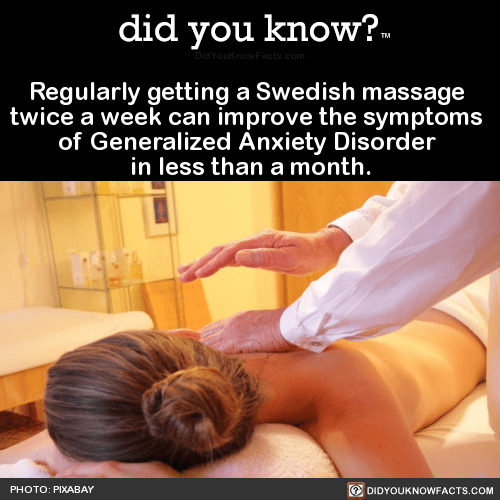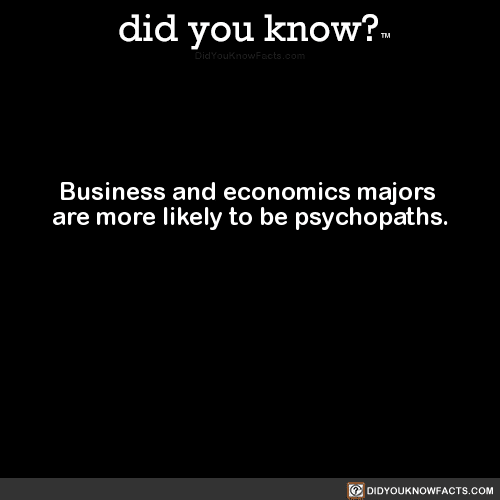Running certainly isn’t for everyone. Like me, for instance.
I’m one of those people who jokes that if you see me running, you should run, too, because there’s definitely something or someone chasing me.
I might have to reconsider my position, though, given that data supporting the idea that running equals better health just keeps piling up.
View this post on Instagram
We can add to it this report, published in the British Journal of Sports Medicine, which found that people who ran even once a week had a 27% lower risk of dying early due to heart-related issues.
The associated study looked at the habits of 232,149 people over the course of 35 years, and even though there’s no promise that picking up a running habit will prevent you from dying from cardiovascular disease or cancer, they have shown a link between the two.
The good news is, it doesn’t appear you have to be a dedicated runner to reap the benefits of running – even people who ran for less than 50 minutes every week, or only once per week, or slower than 6mph avoided earlier deaths.
View this post on Instagram
“This finding may be motivating for those who cannot invest a lot of time in exercise, but it should definitely not discourage those who already engage in higher amounts of running,” summed up Željko Pedišić, one of the study’s authors told Runner’s World.
So, if you love running and do it often, there’s no reason to back off. And if you’re like me, well, there seem to be compelling health reasons to give it a go, even casually.
Just one 45-minute jog once a week could lower your blood pressure, your high cholesterol, help combat obesity and cardiovascular disease, lower your risk for type 2 diabetes, and even help keep certain types of cancer at bay.
View this post on Instagram
I guess those are pretty good reasons for getting off the couch and out from behind the computer once in a while.
So if you see me running, run too – just in case there are zombies, but also because we’d all like to live a little bit longer, if we could.
Right?
The post Evidence Suggests That Running Could Prolong Your Life appeared first on UberFacts.

 Researchers in Finland have successfully created a batch of single-cell protein by combining electricity and carbon dioxide, a revolutionary new development that can be used in food and animal feed applications.
Researchers in Finland have successfully created a batch of single-cell protein by combining electricity and carbon dioxide, a revolutionary new development that can be used in food and animal feed applications.









 #vinhobranco #gsmd #vinotinto #frenchwinelover #winetime #winelovers #vino #winery #gsmnp #amovinho #vinhotinto #vinos #frenchwinescholar #winetasting #gsm #prilaga #frenchwines #vinho #gsmini #gsdofinstagram
#vinhobranco #gsmd #vinotinto #frenchwinelover #winetime #winelovers #vino #winery #gsmnp #amovinho #vinhotinto #vinos #frenchwinescholar #winetasting #gsm #prilaga #frenchwines #vinho #gsmini #gsdofinstagram (Still easier than communication in many U.S. establishments!) Back in time for a tour of the De Lassalle winery where we are staying, our guide is so gorgeous and we thoroughly enjoyed the tasting, all so delicious! The rain introduced such an impressive rainbow with a view! Finished up having such a fun evening, Jemma busied herself putting together a dinner of mixed goodies to plate, the girls then enjoyed the jacuzzi whilst Matt & I enjoyed the wine but all 4 of us playing a game. (Was a version of guess that song, brought us all a few giggles!) We are thoroughly loving it here! #fidwalds #europeanvacation #holidayroad #familyroadtrip #roadtripwithteens #griswaldsgotnothingonus #frenchwinery #bordeauxfrance #delassallewine
(Still easier than communication in many U.S. establishments!) Back in time for a tour of the De Lassalle winery where we are staying, our guide is so gorgeous and we thoroughly enjoyed the tasting, all so delicious! The rain introduced such an impressive rainbow with a view! Finished up having such a fun evening, Jemma busied herself putting together a dinner of mixed goodies to plate, the girls then enjoyed the jacuzzi whilst Matt & I enjoyed the wine but all 4 of us playing a game. (Was a version of guess that song, brought us all a few giggles!) We are thoroughly loving it here! #fidwalds #europeanvacation #holidayroad #familyroadtrip #roadtripwithteens #griswaldsgotnothingonus #frenchwinery #bordeauxfrance #delassallewine


 @simplyseptemberblog thank you for helping us spread the word! We offer a 100% money back guarantee so there is never any risk to try the product! #bugbitething
@simplyseptemberblog thank you for helping us spread the word! We offer a 100% money back guarantee so there is never any risk to try the product! #bugbitething